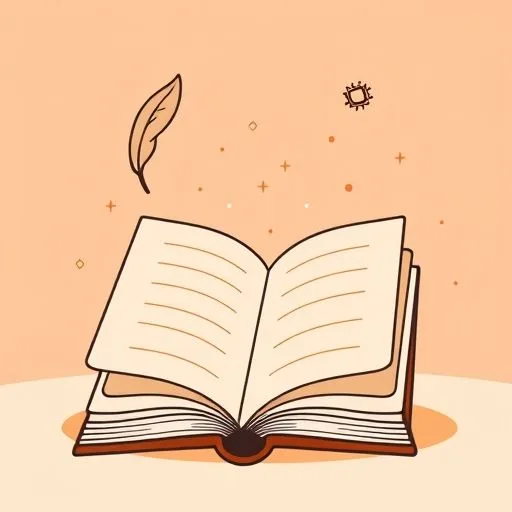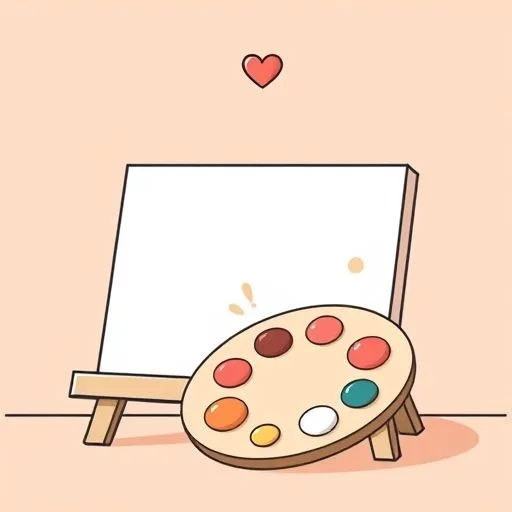
Many parents find themselves in the quiet aftermath of the day, the house still save for a soft hum that now feels comforting. Children have settled into sleep, yet the mind remains active with questions. When a child points to a screen, eyes wide as animated characters leap to life, and asks, ‘How do the dinosaurs move like that?’ You might say, ‘It’s like magical storytelling,’ but honestly, that uncertainty can linger, can’t it? Even the creators often can’t trace AI’s origins. It’s like a chef serving a delicious dish without naming the ingredients. This isn’t about politics or fairness—it’s about how to explain the magic to children.
The Mystery Behind the Screens

Consider when a child notices AI adding rabbit ears to a cat, or watches a puppy play piano with uncanny precision. These moments reveal how we’re navigating a new storytelling era where human and machine blend.
The wonder itself isn’t the worry—it’s the hidden origins behind it. AI draws from vast amounts of existing content, but without seeing the recipe, it’s hard to know what went inside. Imagine a child building a LEGO castle but refusing to say which bricks were used—or it’s like making kimchi without sharing the recipe—you taste the flavor but miss the heart behind it.
You can see the creativity shining through, but how it all comes together? That part stays hidden. The truth is complicated, and those quiet questions matter. When parents ask ‘Where did this come from?’, they’re illuminating the hidden pages and fostering understanding.
Teaching Kids to Ask ‘Who Made This?’

A child’s simple painting of the ocean sparks questions about where such moments end up in this age of AI. If children’s art and memories become training data for machines without consent, how do we define what belongs to ‘us’?
This isn’t just about tech—it’s about building trust, pure and simple. How do we teach children to recognize when AI has borrowed from someone else’s work? How do we show them that real creativity needs credit?
Recently, during a cartoon scene, a character resembled a grandmother drawn without permission. This isn’t about legal battles—it’s about ensuring children see the face behind the screen. Every brushstroke has a story. And isn’t that just amazing? Asking ‘Who made this?’ turns curiosity into compassion.
Building a Bridge Between Technology and Humanity

When parents take time to ask ‘Where did this come from?’—it’s a small act with big impacts. We don’t need to be tech experts to model healthy skepticism. Checking for copyright notes or choosing official streaming channels are simple choices that build resilience.
Supporting real artists, even in small ways, nurtures a world where kindness meets innovation. The tension isn’t between machine and magic; it’s in asking AI to be a collaborator, not a replacement.
This is the future: machines aiding creativity with gratitude for the hands behind the screen.
Picture this: your child draws a robot buddy, and together, you jot down a thank-you note to the creators—how’s that for blending tech with heart?
Source: Is OpenAI’s Video-Generating Tool ‘Sora’ Scraping Unauthorized YouTube Clips?, Slashdot, 2025/09/20 14:34:00
